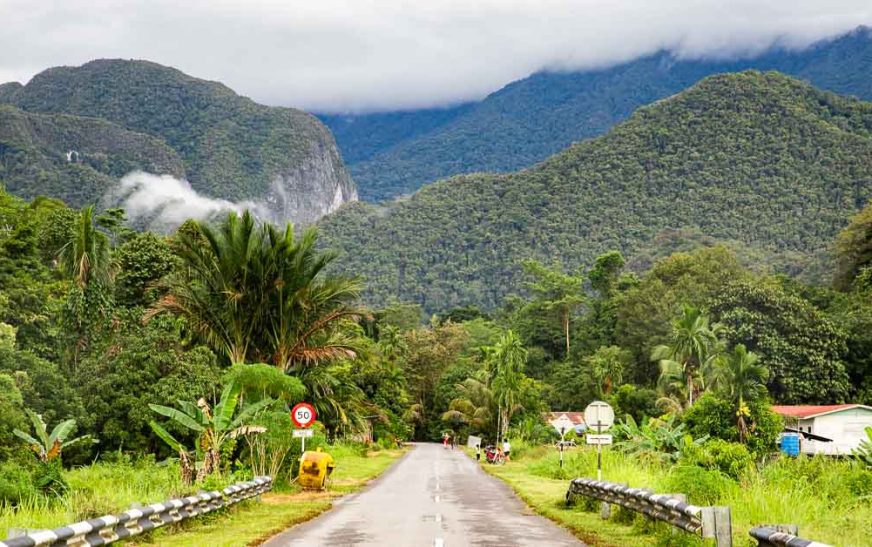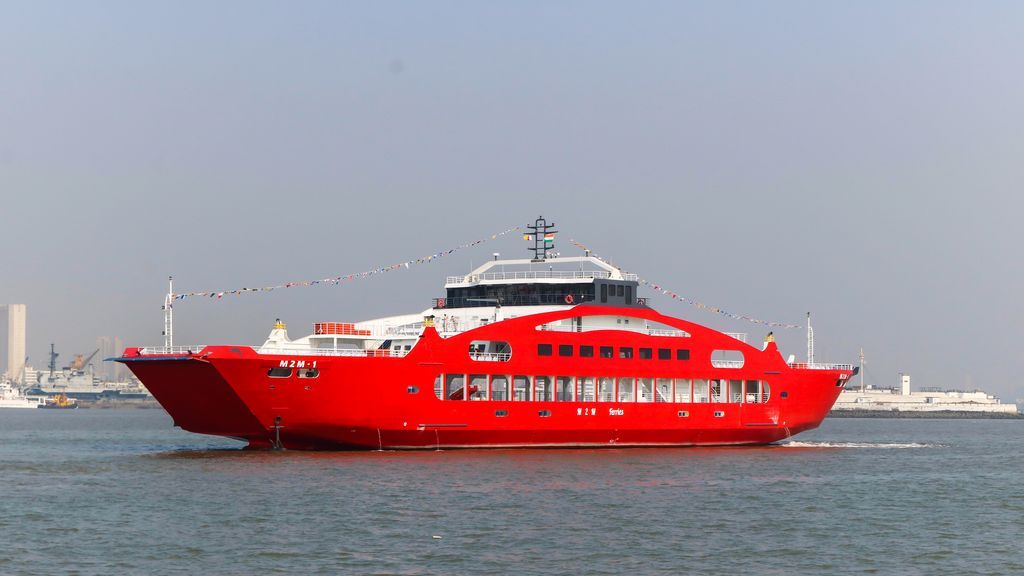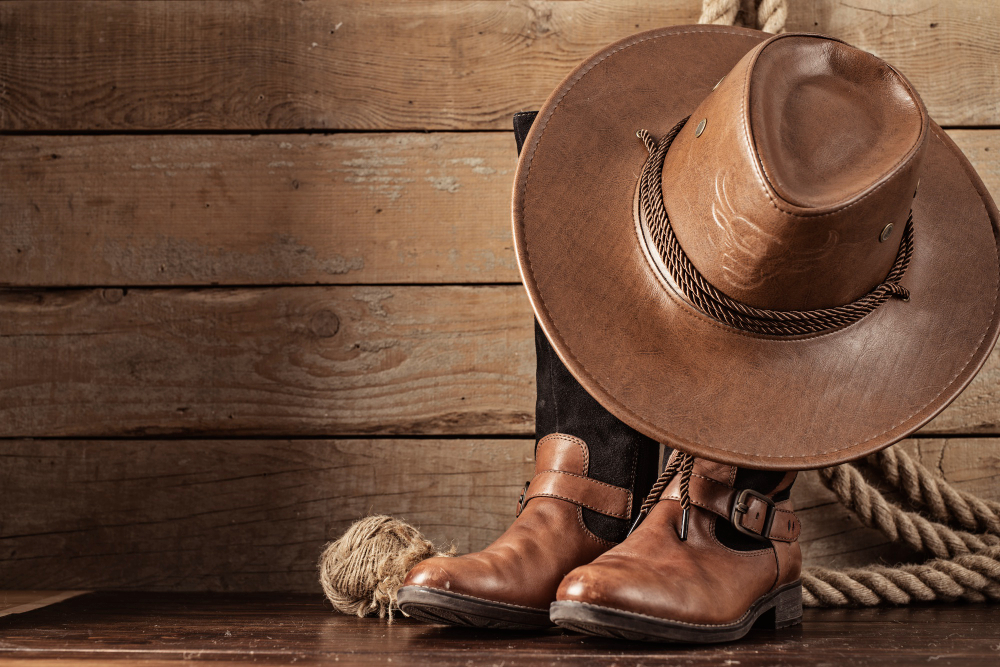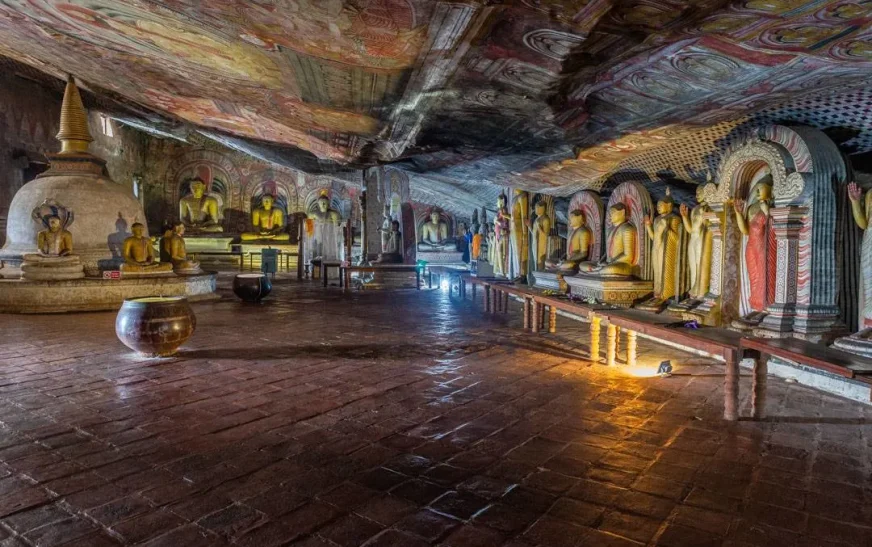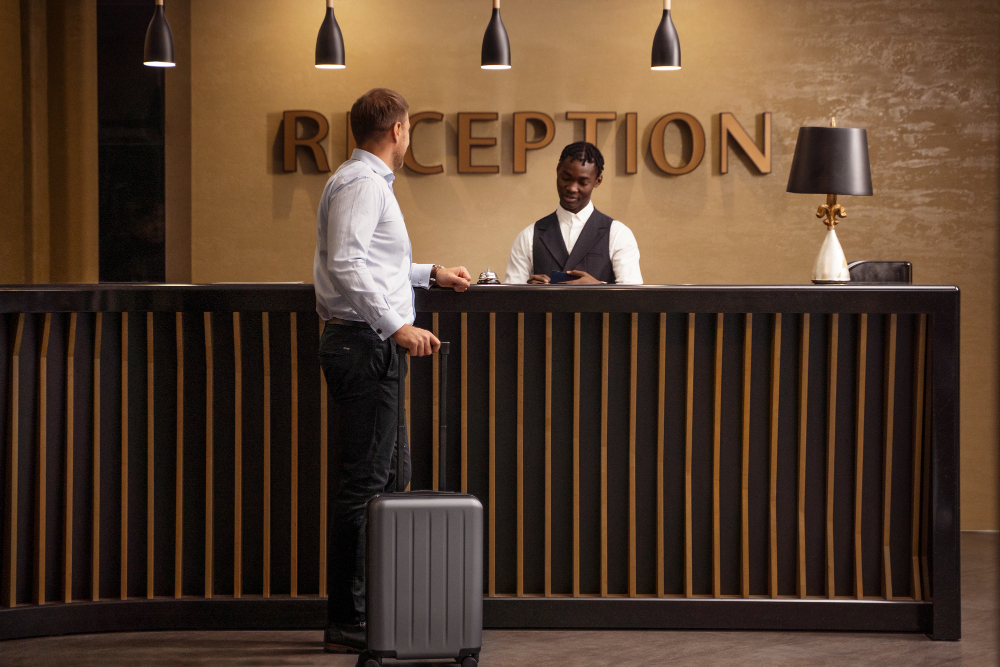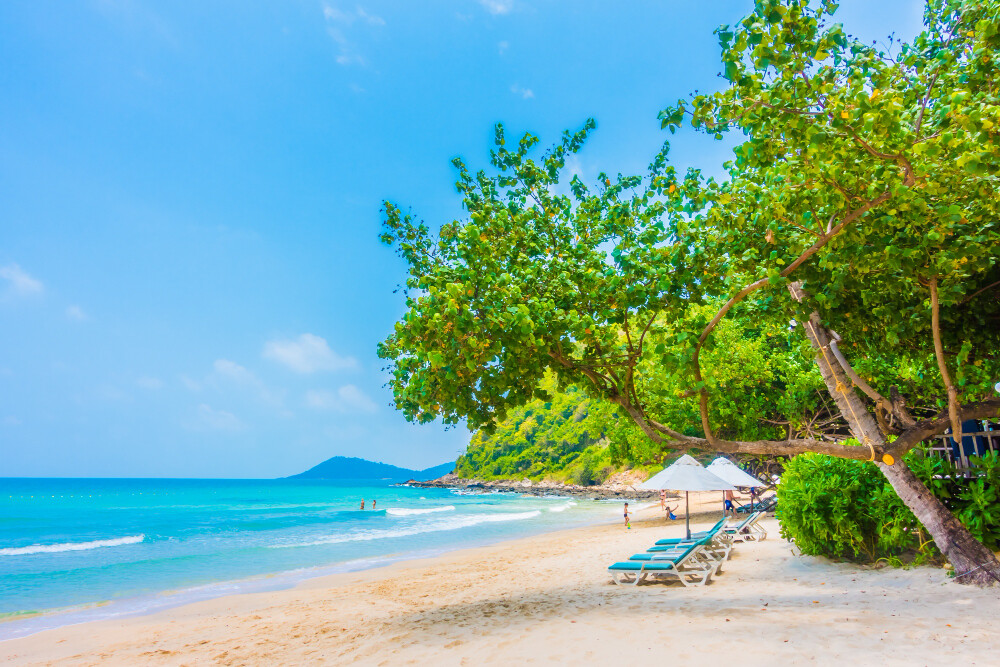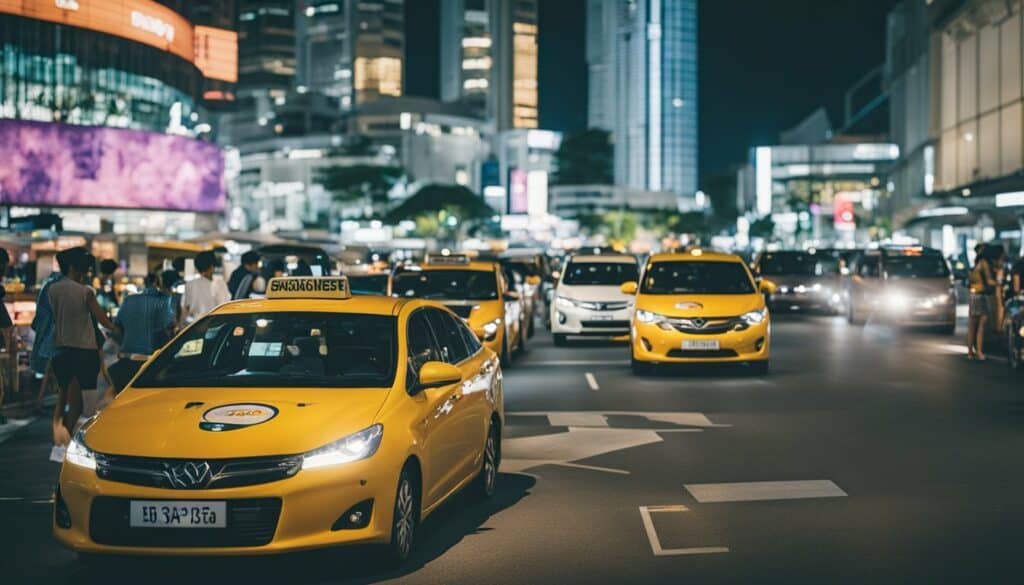Malaysia and Borneo are vibrant cultural hubs filled with a rich tapestry of traditions, architecture, and people. From ancient customs to modern celebrations, these destinations offer a treasure trove of cultural experiences. This guide covers the top 10 cultural highlights in Malaysia and Borneo, ensuring you don’t miss the best of what these regions have to offer.
Malaysia and Borneo: Exploring the Iconic Petronas Towers, Kuala Lumpur
Standing tall in Malaysia’s capital city, Kuala Lumpur, the Petronas Towers symbolize the country’s modern growth and blend of cultural heritage. While these twin towers represent Malaysia’s economic development, they also offer visitors insight into Islamic architecture. The intricate geometric designs on the towers reflect Malaysia’s Islamic culture, and the observation deck provides a panoramic view of Kuala Lumpur’s diverse landscape.
After visiting the towers, explore nearby sites like Merdeka Square, the Kuala Lumpur City Gallery, and the historic Sultan Abdul Samad Building to experience more of the city’s cultural and historical significance.
Malaysia and Borneo: Visiting the Sarawak Cultural Village in Borneo
The Sarawak Cultural Village in Borneo is a living museum showcasing the traditions and lifestyles of the indigenous tribes in the region. Located in the rainforest near Kuching, this village lets you immerse yourself in the daily life of Borneo’s native groups such as the Iban, Bidayuh, and Orang Ulu.
Visitors can explore traditional houses, witness tribal dances, and learn about ancient rituals passed down through generations. It’s a handson cultural experience that offers a glimpse into the harmonious relationship between the tribes and the surrounding nature.
Witnessing Thaipusam at Batu Caves, Malaysia
Thaipusam is one of the most significant Hindu festivals in Malaysia, celebrated annually at Batu Caves, just outside Kuala Lumpur. During this festival, devotees perform acts of devotion, such as carrying ‘kavadis’ (ornate structures) or engaging in body piercings to honor Lord Murugan.
The festival is a powerful display of religious fervor, where visitors can experience Hindu customs, chants, and rituals up close. As you climb the 272 steps leading to the main cave temple, you’ll witness a truly unique and deeply spiritual event, surrounded by thousands of pilgrims.
Exploring George Town, Penang’s UNESCO Heritage Site
George Town in Penang is a UNESCO World Heritage Site that reflects the rich cultural blend of Malay, Chinese, Indian, and European influences. Strolling through its streets feels like stepping back in time, with colonialera buildings, Chinese shophouses, and temples offering a snapshot of the city’s multicultural past.
Highlights include the famous Clan Jetties, where Chinese families have lived for generations, and Kek Lok Si Temple, one of the largest Buddhist temples in Southeast Asia. Don’t miss the street art, which brings the history of George Town to life through creative murals.
Discovering the Longhouse Communities in Borneo
A visit to the traditional longhouses of Borneo is an essential cultural experience. The Iban and Bidayuh tribes have lived in communal longhouses for centuries, a practice that embodies their strong sense of community and collective living.
Visitors can stay overnight in a longhouse and participate in daily activities such as farming, fishing, and cooking. Engaging with the locals offers an authentic understanding of their way of life, including their festivals and celebrations, like the Gawai Dayak harvest festival.
Experiencing the Melaka Sultanate Palace Museum, Malaysia
Located in the historical city of Melaka (Malacca), this reconstructed palace provides a fascinating insight into the Malay Sultanate era. The Melaka Sultanate Palace Museum recreates the grandeur and opulence of 15thcentury Malay royalty, showcasing intricate wood carvings, traditional Malay architecture, and historical exhibits.
Visitors can explore galleries filled with artifacts, including traditional costumes, weapons, and musical instruments that tell the story of the oncepowerful Malay kingdom. Melaka itself is a melting pot of Malay, Chinese, and Portuguese influences, making it a cultural hub worth exploring.
Discovering the Rich Heritage of Sabah’s Indigenous Tribes
Borneo’s state of Sabah is home to a diverse range of indigenous communities, including the KadazanDusun, Murut, and Bajau. The Sabah Museum in Kota Kinabalu provides an excellent introduction to the history and culture of these tribes.
For a more immersive experience, time your visit with the annual Kaamatan Festival (Harvest Festival), celebrated in May by the KadazanDusun people. The festival is a lively event featuring traditional dance performances, music, and feasts, offering a unique glimpse into the agricultural traditions of Sabah’s indigenous groups.
Attending the Rainforest World Music Festival in Borneo
One of the most celebrated cultural festivals in Southeast Asia, the Rainforest World Music Festival, takes place annually in the Sarawak Cultural Village. Musicians from around the world gather to perform in the lush rainforest setting, creating an eclectic mix of traditional and contemporary world music.
The festival is not only a celebration of music but also of Sarawak’s indigenous cultures. Workshops, cultural showcases, and traditional crafts are part of the experience, providing an engaging way to learn about Borneo’s tribal heritage while enjoying global musical acts.
Exploring Taman Negara National Park, Malaysia
Taman Negara, Malaysia’s oldest national park, is more than just a natural wonder. It’s also a cultural site where you can learn about the indigenous Orang Asli tribes who have lived in the forest for centuries. The Orang Asli are the oldest inhabitants of Malaysia, and their knowledge of the forest and traditional way of life offers a unique perspective on living in harmony with nature.
Visitors can participate in jungle trekking, visit Orang Asli villages, and learn about their hunting techniques, traditional medicines, and sustainable practices that have allowed them to thrive in the rainforest for generations.
Experiencing the Traditional Arts and Crafts of Malaysia
Malaysia is known for its traditional crafts, including batik, songket (handwoven fabric), and pewter work. These artisanal practices have been passed down through generations, preserving Malaysia’s cultural heritage.
In cities like Kuala Lumpur and Penang, visitors can take part in workshops to create their own batik designs or witness the intricate process of songket weaving. The Royal Selangor Pewter Factory offers insights into Malaysia’s pewter industry, where skilled artisans demonstrate their craft in creating beautiful, functional works of art.
Conclusion
From the towering skyscrapers of Kuala Lumpur to the remote longhouses of Borneo, Malaysia and Borneo offer a rich blend of cultural experiences that are deeply rooted in history, tradition, and diversity. Whether you’re exploring indigenous villages, attending festivals, or learning about the local arts and crafts, each experience provides a unique window into the heart of these regions.
FAQs
1. What is the best time to visit Malaysia and Borneo?
The best time to visit Malaysia and Borneo is during the dry season, from March to October. This period offers ideal conditions for sightseeing and outdoor activities.
2. How long should I spend exploring Malaysia and Borneo?
A two week trip is recommended to explore the highlights of Malaysia and Borneo, including major cities, national parks, and cultural sites.
3. Do I need a visa to visit Malaysia and Borneo?
Visa requirements depend on your nationality. Many countries have visa free entry for short stays, but it’s important to check the specific regulations before traveling.
4. Is it safe to visit remote cultural sites in Borneo?
Yes, visiting remote cultural sites in Borneo is generally safe. However, it is advisable to go with a guide or as part of a tour group for a smoother experience.
5. What cultural festivals should I attend in Malaysia and Borneo?
Key festivals include Thaipusam at Batu Caves, Kaamatan Festival in Sabah, and the Rainforest World Music Festival in Sarawak. These events offer deep insights into local traditions and practices.
This article provides a comprehensive guide to Malaysia and Borneo’s top cultural experiences, ensuring that readers get the most out of their visit.
Malaysia and Borneo: Top 10 Cultural Experiences You Can’t Miss
Malaysia and Borneo are vibrant cultural hubs filled with a rich tapestry of traditions, architecture, and people. From ancient customs to modern celebrations, these destinations offer a treasure trove of cultural experiences. This guide covers the top 10 cultural highlights in Malaysia and Borneo, ensuring you don’t miss the best of what these regions have to offer.
1. Exploring the Iconic Petronas Towers, Kuala Lumpur
Standing tall in Malaysia’s capital city, Kuala Lumpur, the Petronas Towers symbolize the country’s modern growth and blend of cultural heritage. While these twin towers represent Malaysia’s economic development, they also offer visitors insight into Islamic architecture. The intricate geometric designs on the towers reflect Malaysia’s Islamic culture, and the observation deck provides a panoramic view of Kuala Lumpur’s diverse landscape.
After visiting the towers, explore nearby sites like Merdeka Square, the Kuala Lumpur City Gallery, and the historic Sultan Abdul Samad Building to experience more of the city’s cultural and historical significance.
2. Visiting the Sarawak Cultural Village in Borneo
The Sarawak Cultural Village in Borneo is a living museum showcasing the traditions and lifestyles of the indigenous tribes in the region. Located in the rainforest near Kuching, this village lets you immerse yourself in the daily life of Borneo’s native groups such as the Iban, Bidayuh, and Orang Ulu.
Visitors can explore traditional houses, witness tribal dances, and learn about ancient rituals passed down through generations. It’s a handson cultural experience that offers a glimpse into the harmonious relationship between the tribes and the surrounding nature.
3. Witnessing Thaipusam at Batu Caves, Malaysia
Thaipusam is one of the most significant Hindu festivals in Malaysia, celebrated annually at Batu Caves, just outside Kuala Lumpur. During this festival, devotees perform acts of devotion, such as carrying ‘kavadis’ (ornate structures) or engaging in body piercings to honor Lord Murugan.
The festival is a powerful display of religious fervor, where visitors can experience Hindu customs, chants, and rituals up close. As you climb the 272 steps leading to the main cave temple, you’ll witness a truly unique and deeply spiritual event, surrounded by thousands of pilgrims.
4. Exploring George Town, Penang’s UNESCO Heritage Site
George Town in Penang is a UNESCO World Heritage Site that reflects the rich cultural blend of Malay, Chinese, Indian, and European influences. Strolling through its streets feels like stepping back in time, with colonialera buildings, Chinese shophouses, and temples offering a snapshot of the city’s multicultural past.
Highlights include the famous Clan Jetties, where Chinese families have lived for generations, and Kek Lok Si Temple, one of the largest Buddhist temples in Southeast Asia. Don’t miss the street art, which brings the history of George Town to life through creative murals.
5. Discovering the Longhouse Communities in Borneo
A visit to the traditional longhouses of Borneo is an essential cultural experience. The Iban and Bidayuh tribes have lived in communal longhouses for centuries, a practice that embodies their strong sense of community and collective living.
Visitors can stay overnight in a longhouse and participate in daily activities such as farming, fishing, and cooking. Engaging with the locals offers an authentic understanding of their way of life, including their festivals and celebrations, like the Gawai Dayak harvest festival.
6. Experiencing the Melaka Sultanate Palace Museum, Malaysia
Located in the historical city of Melaka (Malacca), this reconstructed palace provides a fascinating insight into the Malay Sultanate era. The Melaka Sultanate Palace Museum recreates the grandeur and opulence of 15thcentury Malay royalty, showcasing intricate wood carvings, traditional Malay architecture, and historical exhibits.
Visitors can explore galleries filled with artifacts, including traditional costumes, weapons, and musical instruments that tell the story of the oncepowerful Malay kingdom. Melaka itself is a melting pot of Malay, Chinese, and Portuguese influences, making it a cultural hub worth exploring.
7. Discovering the Rich Heritage of Sabah’s Indigenous Tribes
Borneo’s state of Sabah is home to a diverse range of indigenous communities, including the KadazanDusun, Murut, and Bajau. The Sabah Museum in Kota Kinabalu provides an excellent introduction to the history and culture of these tribes.
For a more immersive experience, time your visit with the annual Kaamatan Festival (Harvest Festival), celebrated in May by the KadazanDusun people. The festival is a lively event featuring traditional dance performances, music, and feasts, offering a unique glimpse into the agricultural traditions of Sabah’s indigenous groups.
8. Attending the Rainforest World Music Festival in Borneo
One of the most celebrated cultural festivals in Southeast Asia, the Rainforest World Music Festival, takes place annually in the Sarawak Cultural Village. Musicians from around the world gather to perform in the lush rainforest setting, creating an eclectic mix of traditional and contemporary world music.
The festival is not only a celebration of music but also of Sarawak’s indigenous cultures. Workshops, cultural showcases, and traditional crafts are part of the experience, providing an engaging way to learn about Borneo’s tribal heritage while enjoying global musical acts.
9. Exploring Taman Negara National Park, Malaysia
Taman Negara, Malaysia’s oldest national park, is more than just a natural wonder. It’s also a cultural site where you can learn about the indigenous Orang Asli tribes who have lived in the forest for centuries. The Orang Asli are the oldest inhabitants of Malaysia, and their knowledge of the forest and traditional way of life offers a unique perspective on living in harmony with nature.
Visitors can participate in jungle trekking, visit Orang Asli villages, and learn about their hunting techniques, traditional medicines, and sustainable practices that have allowed them to thrive in the rainforest for generations.
10. Experiencing the Traditional Arts and Crafts of Malaysia
Malaysia is known for its traditional crafts, including batik, songket (handwoven fabric), and pewter work. These artisanal practices have been passed down through generations, preserving Malaysia’s cultural heritage.
In cities like Kuala Lumpur and Penang, visitors can take part in workshops to create their own batik designs or witness the intricate process of songket weaving. The Royal Selangor Pewter Factory offers insights into Malaysia’s pewter industry, where skilled artisans demonstrate their craft in creating beautiful, functional works of art.
Conclusion
From the towering skyscrapers of Kuala Lumpur to the remote longhouses of Borneo, Malaysia and Borneo offer a rich blend of cultural experiences that are deeply rooted in history, tradition, and diversity. Whether you’re exploring indigenous villages, attending festivals, or learning about the local arts and crafts, each experience provides a unique window into the heart of these regions.
FAQs
1. What is the best time to visit Malaysia and Borneo?
The best time to visit Malaysia and Borneo is during the dry season, from March to October. This period offers ideal conditions for sightseeing and outdoor activities.
2. How long should I spend exploring Malaysia and Borneo?
A twoweek trip is recommended to explore the highlights of Malaysia and Borneo, including major cities, national parks, and cultural sites.
3. Do I need a visa to visit Malaysia and Borneo?
Visa requirements depend on your nationality. Many countries have visafree entry for short stays, but it’s important to check the specific regulations before traveling.
4. Is it safe to visit remote cultural sites in Borneo?
Yes, visiting remote cultural sites in Borneo is generally safe. However, it is advisable to go with a guide or as part of a tour group for a smoother experience.
5. What cultural festivals should I attend in Malaysia and Borneo?
Key festivals include Thaipusam at Batu Caves, Kaamatan Festival in Sabah, and the Rainforest World Music Festival in Sarawak. These events offer deep insights into local traditions and practices.
Also read: Dambulla Sri Lanka: 10 MustSee Attractions for Every Traveler

